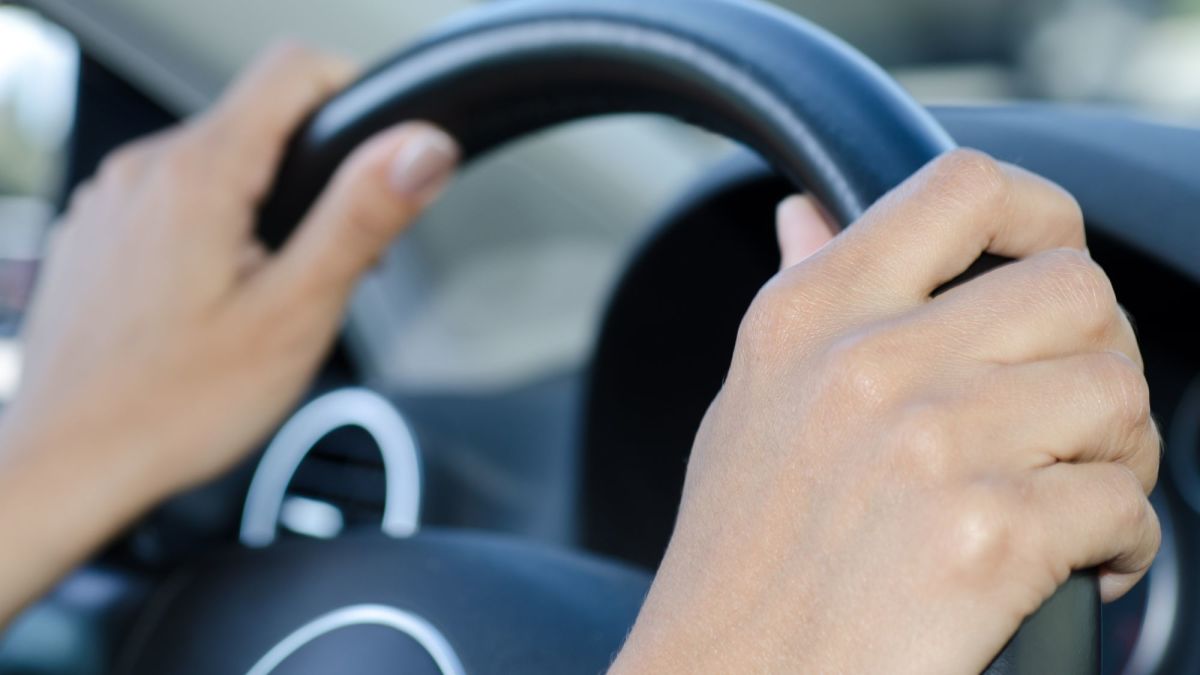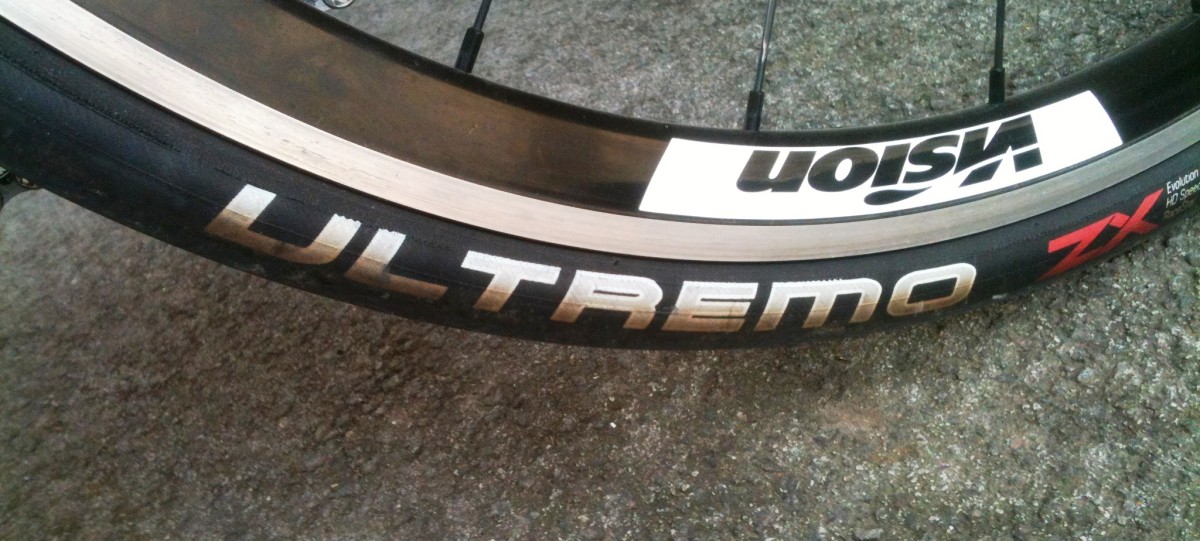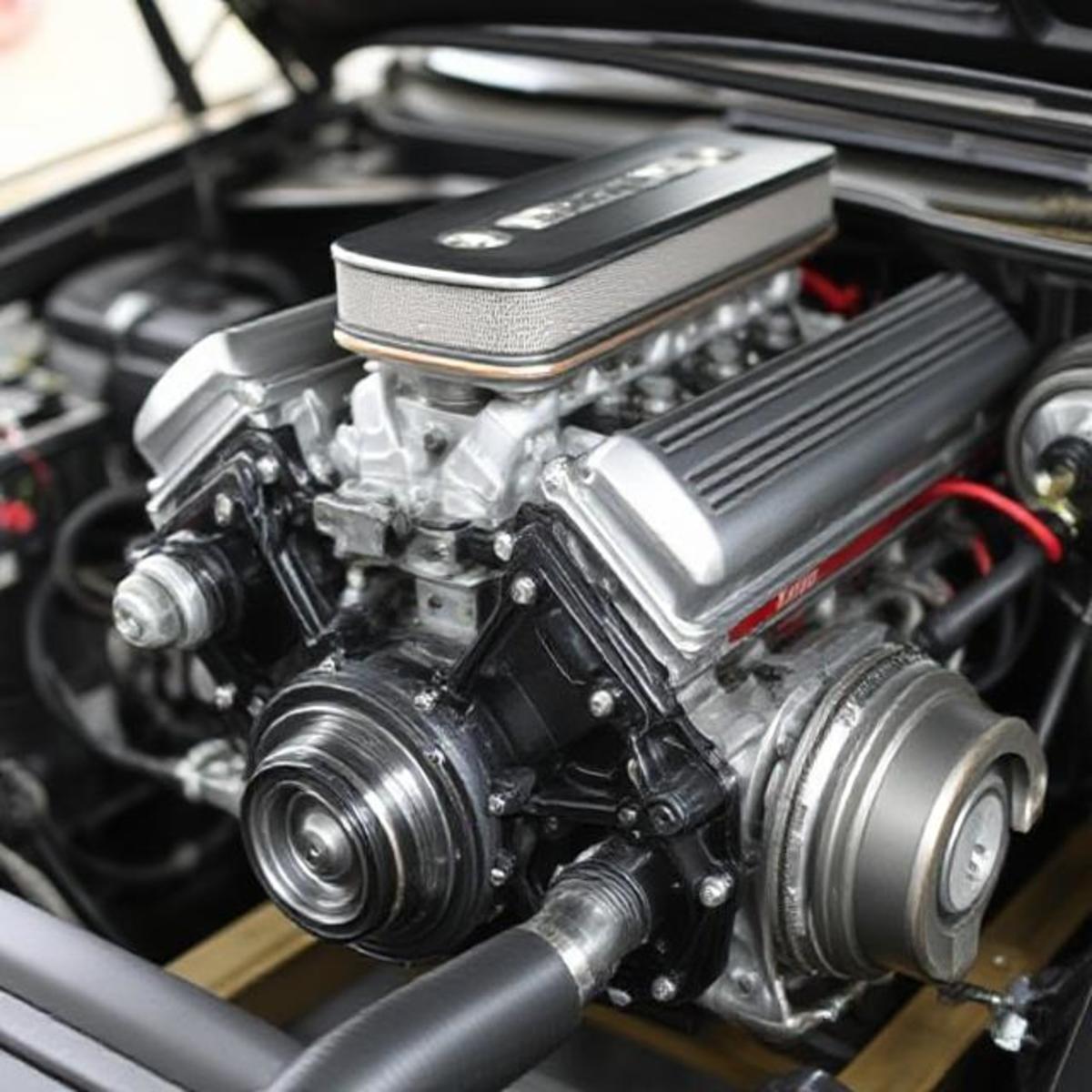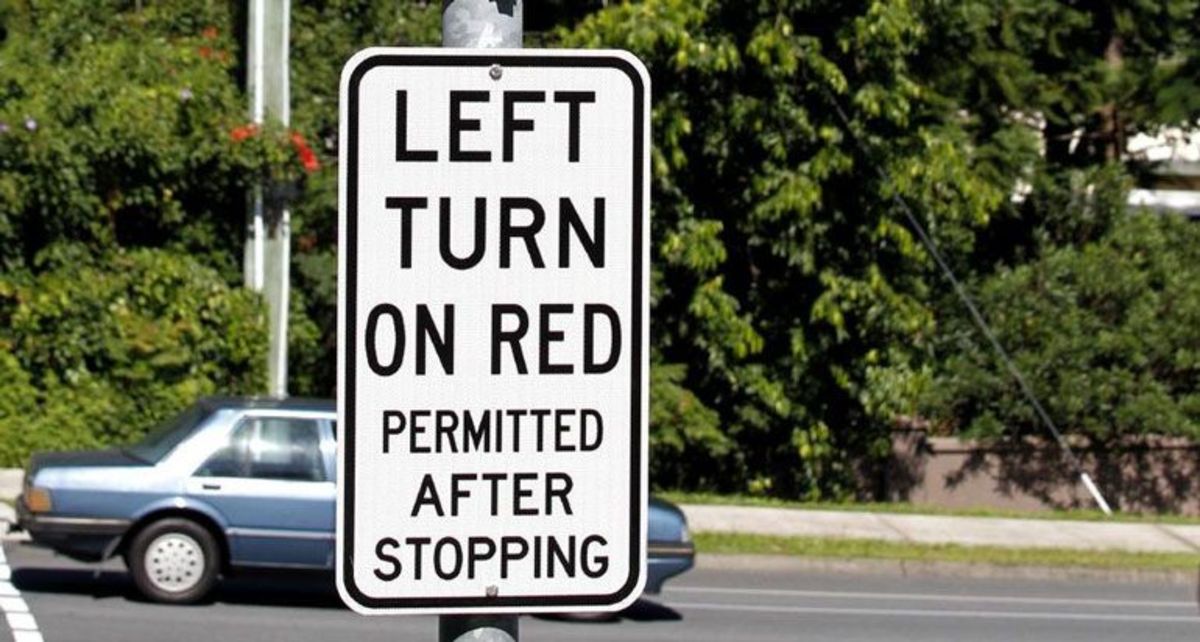How to Check Tire Air Pressure
Tire Gauges
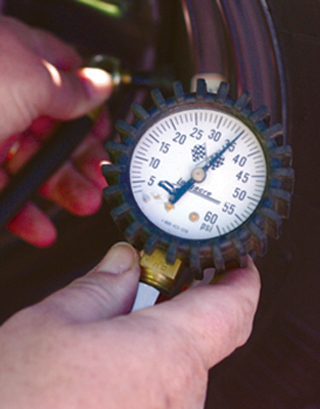
Tire Check
Tires help us get to our intended destinations by car or bike; they can also help around the yard by allowing us to load up a wheelbarrow or yard cart. With all of these tires in our lives it should be a standard task to check their air pressure to ensure that they are inflated properly. Even though it is an incredibly easy thing to do not everyone knows exactly how, or when, it should be done.
The best time to check a tires air pressure is when it hasn’t been used for a while. When a tire is used it heats up and the pressure inside will build; a bad time to check your car’s air pressure would be after driving it for a while. This isn’t as much of a concern when checking your wheelbarrow though because you aren’t driving it seventy on the freeway right?
Another common error when checking a tire is if it has been sitting in the sun. Since the sun heats the things it shines on tires can have their numbers artificially inflated by the sun. Try to make sure the tire isn’t in direct sunlight before you check it.
Checking a tire when it is cool will give you a more accurate number. This process still isn’t 100% foolproof though because checking your tires when it is incredibly cold outside will shave a few PSI off of your readings.
To correctly check your tires all you have to do is press the pressure gauge onto the valve stem of the tire. You will know if you did this correctly or not because air will quickly escape from the tire if the gauge wasn't level on the stem. Don't worry if this happens, just try again until you get it right.
Tire PSI
PSI stands for Pounds per Square Inch and it is how air pressure is measured in tires. The higher the number the more pounds, or pressure, is held in the tire.
Pressure Gauge
Do you know how to check your tire pressure?
Check Tires
For many vehicles once a month should be fine when checking your tires air pressure. Many of the newer models have computer monitors for your air pressure to help notify you when your air pressure drops to unacceptable levels so forgetting to check is no longer a concern.
If your vehicle doesn’t have a sensor to help you just check it yourself. Using manual pressure gauges is something that only takes a few seconds for each tire; you will find that it takes more time to unscrew the stem cap than it does to actually check the tire. If you aren’t completely confident in these older style gauges you can purchase digital ones that are easier to read
Portable Compressor
Recommended Tire Pressure
The biggest mistake made when inflating your tires is to do so per the specifications printed on the sidewall of the actual tire. This maximum inflation number is the most PSI the tire can hold and still be operated safely, not an indication of what it should be inflated to.
Each vehicle will have their own requirements for tire inflation and those numbers are what you are going to want to follow. These numbers are noted in your owner’s manual that came with your car. If you don’t have a manual they are usually printed inside the driver’s door as well, just open the door and you should see a sticker telling you what the appropriate tire pressure should be.
If the sticker isn’t on the driver’s door it is probably in the passenger’s door or one of the other ones if the vehicle has more than two doors. In other cases it has been installed on the inside of the trunk door so check there too.
Opinions will vary on inflating up to the actual number the vehicle manufacturer has specified or keeping it a couple of pounds below to allow for the expansion that will occur when driving. It might be impossible to get a consensus on this but either way will probably be OK. If you are unsure talk to a tire shop or a mechanic you trust, they should be more than happy to share their experience with you.



